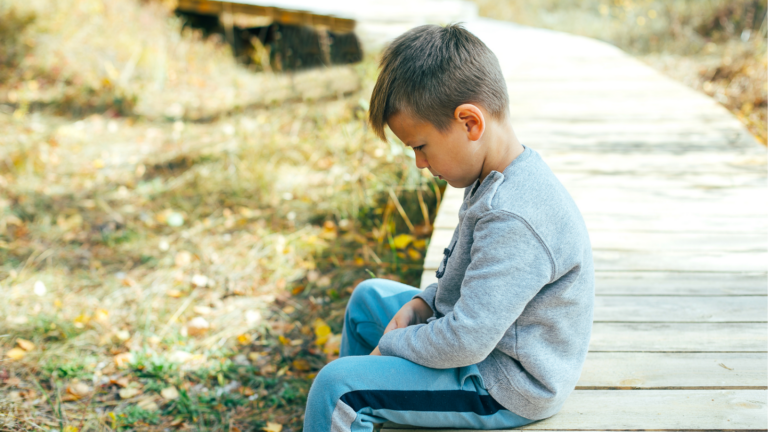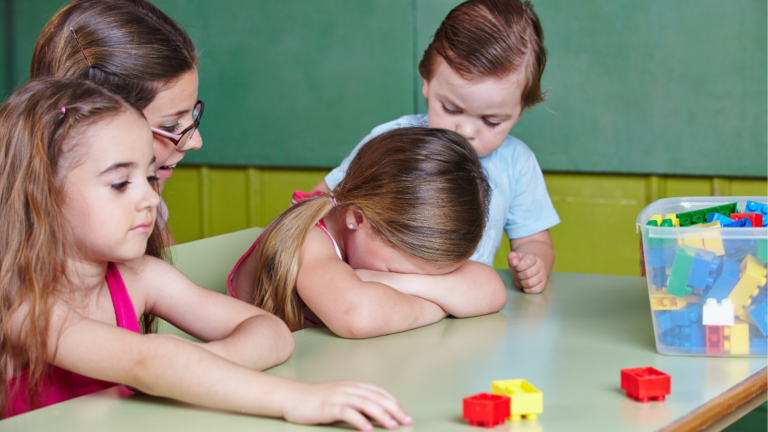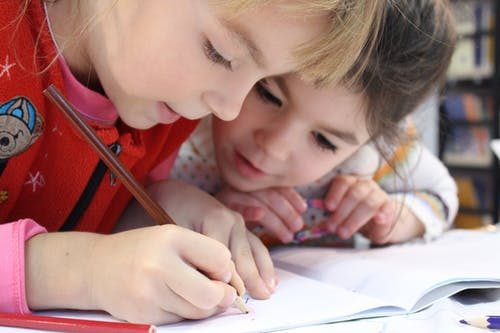
How can we help create an inclusive environment for our student’s with IEPs in the general education classroom? This school year my role has changed from a self-contained teacher to a resource teacher. I currently go into blended preschool classrooms and service students with IEPs and also students who may be struggling and need RTI interventions. This has been a big change for me and as I am getting adjusted I am realizing how different my role is. With the first few weeks under my belt, I made a list of ways to help children function within an inclusive setting:
Identify problem times for the student:
- Transitions
- Circle/Group Time
- Play time (choosing a toy & engaging with it)
- Interacting with peers
- Following Directions
- Disruptive Behaviors
Identify what visual intervention works for each learner:
- Photos
- Line Drawings
- Objects
- Written Words
Prep Materials
- I like to put my visuals in file folders to contain the pictures easily and also makes it accessible around the classroom
Collaborate with staff in the room
- Once all my materials and visuals are prepped, I sit down with the classroom teacher, teacher assistant, and therapists to review what works for each student
Implement in the classroom
Below are some examples of the visual interventions that I have been using for different students.
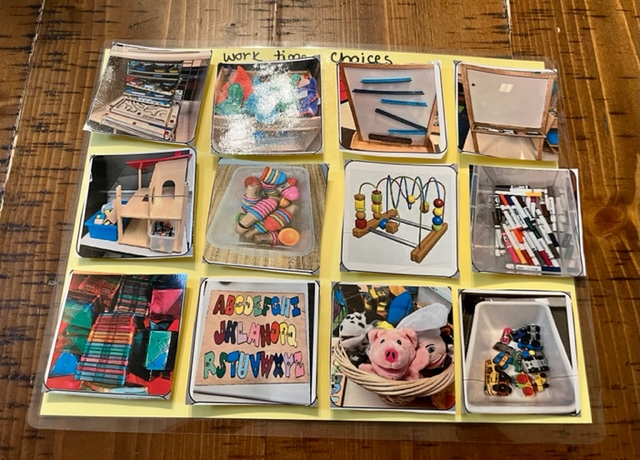
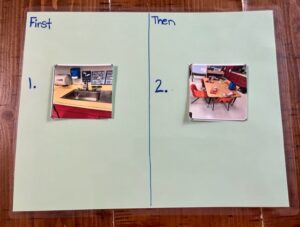
Play Choice Board with real photos: Take photos of the toys in your classroom to help the students choose a toy to play with. This also helps when students are wandering the room to help them pick a toy to engage with.
First-Then Photo Schedule: Take Photos of areas of the room and areas outside of the room for transitions. Use to help students understand the routines of the day.
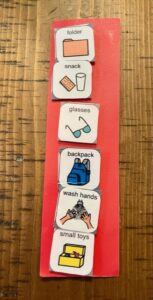
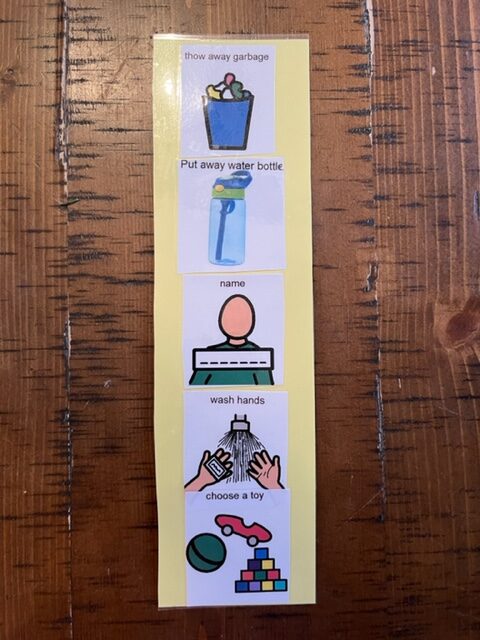
Arrival Routine Visual: Use this for student’s who are working on becoming more independent with the arrival routine. Point to the pictures to remind the student what they need to do next.
Snack Time Routine: This is a visual we use after snack is over to help the students with the sequence of throwing away their snack, putting their water bottle away, putting away their name, washing hands with sanitizer, and then going to play.
Each visual should be adapted to the individual learner. We do have classroom schedules available for the students who are more independent and don’t need individual schedules. Schedules can help student’s with processing difficulties and can really help student’s learn the routines of school. The goal is to work towards independence from the adult cues, so pictures can help achieve those goals.

